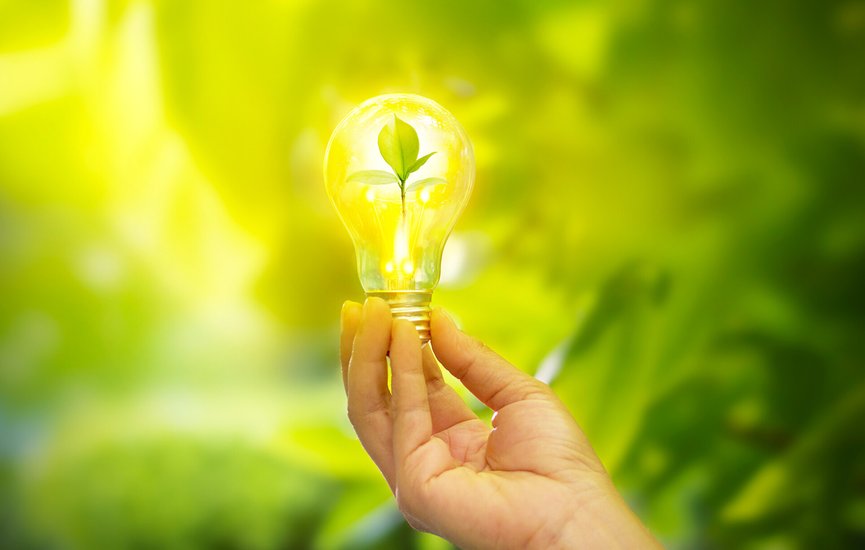PRETORIA — South Africa has announced a sweeping R2.23 trillion ($128 billion) Integrated Resource Plan (IRP 2025) that seeks to cut the country’s dependence on coal by half and add over 100 gigawatts of clean energy by 2039. The plan, described as the nation’s largest post-apartheid investment programme, promises to reshape South Africa’s energy mix while creating jobs and strengthening energy sovereignty.
Unveiling the plan in late October, Mineral Resources and Energy Minister Kgosientsho Ramokgopa said the IRP represents “the biggest investment programme of the post-apartheid era,” adding that it will bring “105 gigawatts of new generation capacity.”
The plan marks a historic transition reducing coal’s contribution from 58% to 27% while ramping up renewable, gas, and nuclear power. Proposed projects include 11 GW of solar, 7.3 GW of wind, 6 GW of gas-to-power, and 5.2 GW of nuclear, alongside new energy storage systems and a clean-coal demonstration plant. By 2039, total installed capacity is expected to exceed 105,000 MW more than double Eskom’s current output.
At its core, the IRP aims to balance decarbonisation with economic growth. Experts say it is a politically charged yet achievable plan. “The energy sector is deeply political,” says Princess Mthombeni, founder of Africa for Nuclear. “Each administration leaves its mark under Zuma we saw 9,500 MW of nuclear, under Ramaphosa it dropped to 2,500, and now nuclear is back on the table.”
The 2025 update revives South Africa’s long-stalled nuclear agenda, positioning it as part of a balanced mix with renewables and gas. Past legal challenges had delayed earlier nuclear procurement efforts, but the new IRP provides policy clarity that investors have been waiting for. “Now that the policy is confirmed, partners can begin preparing sites, logistics, and financing,” Mthombeni added.
For the government, this clarity is crucial. Eskom’s ageing coal plants, burdened with R400 billion in debt, have suffered frequent breakdowns and load-shedding that weakened investor confidence. “The IRP 2025 is a clear investment roadmap,” said Eskom CEO Dan Marokane. “It signals that South Africa has a focused pathway to Net Zero that includes everyone.”
The plan includes the retirement of 8,000 MW of coal by 2039. Yet experts warn that without sufficient firming capacity from gas and nuclear, supply gaps could persist. “Energy isn’t just about switching on the light,” Mthombeni noted. “It’s about industrialisation—roads, housing, logistics, and development.”
She cites Egypt’s El Dabaa Nuclear Power Plant as a model of transformative impact: “Five years ago, there was nothing. Today, it’s Africa’s largest construction site with 200 companies and 34,000 employees.”
South Africa’s IRP allocates 5,200 MW to confirmed nuclear capacity, with another 4,200 MW planned under the upcoming Nuclear Industrialisation Plan. Sites at Duynefontein and Thyspunt have been earmarked pending environmental approval.
Industry experts have welcomed the renewed nuclear focus. Dr. Bismark Tyobeka, chair of the Ministerial Expert Panel on Nuclear, called the IRP “a return to the fundamentals of domestic nuclear capability,” describing it as “ambitious but pragmatic.”
Globally, more than 70 nuclear reactors are under construction. Mthombeni argues that this plan positions South Africa as a continental leader in sustainable energy. Importantly, she stresses, the R2.23 trillion investment represents an opportunity for private investors, not a government expenditure. “Rosatom financed 85% of Egypt’s plant,” she said. “South Africa can attract similar partnerships.”
The plan also revives the small modular reactor (SMR) programme, a homegrown innovation once shelved in 2010. “We had a gem,” Mthombeni reflected. “Politics won over engineering. Now, the world is building what we started.”
If implemented, SMRs could supply inland provinces, easing grid strain and boosting industrial development in Mpumalanga and Limpopo. Together with renewable corridors and gas-to-power projects, they could secure South Africa’s transition to a stable, low-carbon future.
Still, the challenges remain. Political shifts, debt, and potential litigation could delay progress. The IRP will undergo review every two years to maintain flexibility and accountability.
Despite the hurdles, analysts see the plan as a bold step toward energy independence. “The world is watching,” says Mthombeni. “We have the skills, the sites, and the science. What we need now is decisiveness.”
